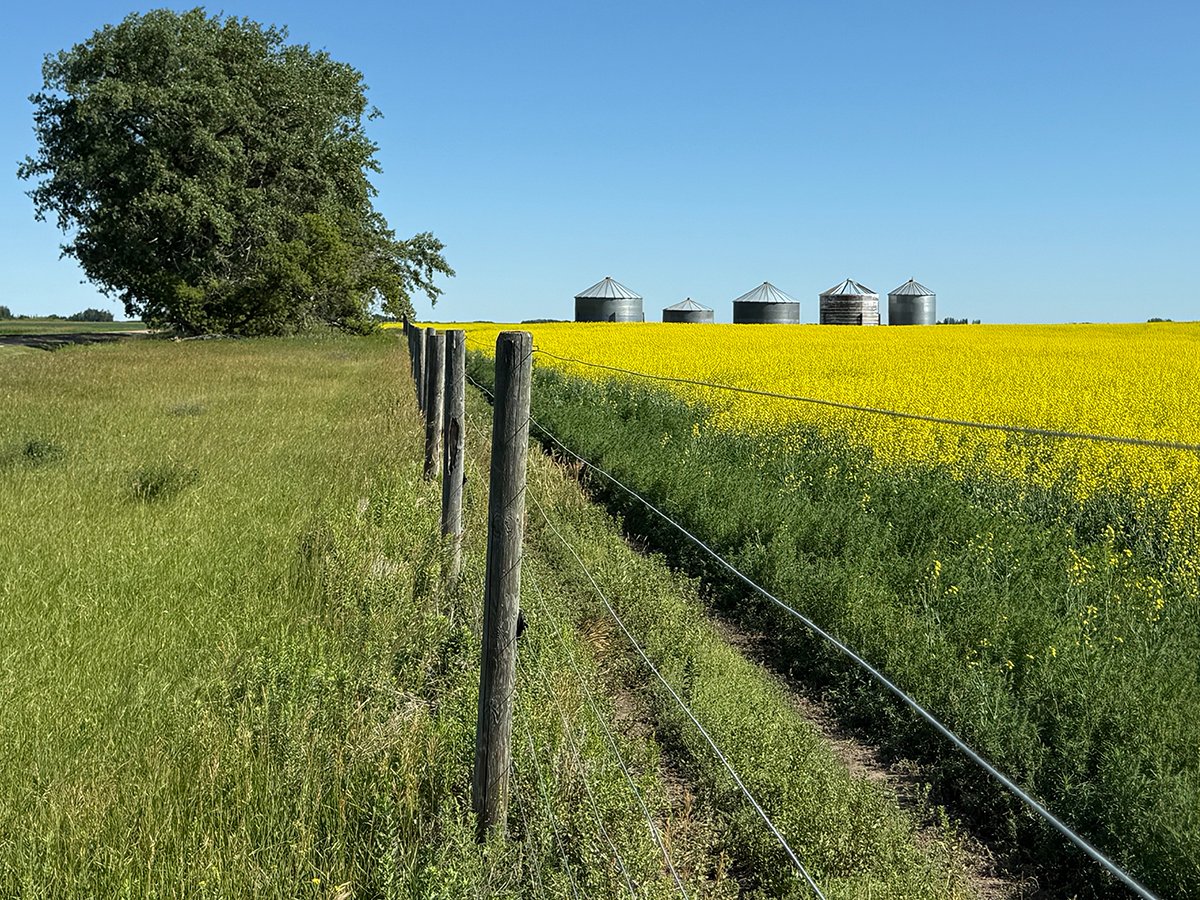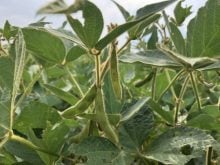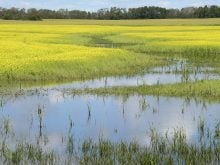The best way to harvest his lentils this fall would have been with scissors and a Shop Vac, says Niel Ziegler.
The Richmound, Sask. farmer said his first experience growing CDC Redwing lentils was not one he wants to repeat.
“They just didn’t pan out,” he said. “They were six, eight, nine inches high. We did go through the motions (of harvesting) but they were too short and I got very, very little yield.”
He and two other farmers in the area had similar experiences.
Read Also

If you’re the last guy following trade rules – who is the dummy?
Canada must respond to the new realities of international trade — where countries ignore the established rules, trade disputes are commonplace and agri-food is targeted for retaliation.
They placed an ad in The Western Producer to find out if there were others, and have received calls from several people who would like to find out what went wrong.
Al Slinkard, of the Crop Development Centre at the University of Saskatchewan, said the problem had to be environmental. The lentils are supposed to grow 12 inches high and yield about 1,000 pounds per acre. Garry Klaudt’s crop south of Richmound yielded 90.
“There are three possible explanations,” Slinkard said. “One is the lentils themselves. If it is dry in the six-week period between seeding and flowering, the plant doesn’t grow.”
Redwing lentils don’t respond to later rains like later-maturing Laird lentils, he said. Another possibility is that Redwing isn’t adapted to the Richmound area.
“We really don’t have that much detailed adaptation information,” he said. “We only have two years of data from test plots at Fox Valley.”
Fox Valley is about 20 kilometres east of Richmound, at the edge of the Great Sand Hills.
Ziegler and Klaudt both said they had adequate rainfall. They wonder if there was a problem with their seed. They said the plants were podding three inches off the ground, but not on top, and the root systems didn’t seem to be properly developed.
Seedlings showed promise
“It’s not the seed,” Slinkard said. “We had very vigorous seedlings.”
CDC Redwing is distributed exclusively by Saskatchewan Wheat Pool. Last year about 20,000 acres were grown.
Slinkard said he will continue with Redwing test sites in the Richmound and Fox Valley areas. He said the pool may decide to scale back the number of acres grown in that area until more information is available.
Bruce Johnson, who heads the pool’s grain group, said he was unaware of problems with Redwing.
Slinkard added the lentils produced an average yield in other parts of the province. Yields are between 90 and 93 percent of the benchmark Laird in the absence of ascochyta, he said. They will outyield Laird if the disease is present.
That’s little comfort to the Richmound farmers, who peg their combined losses on 300 acres at $36,000. Ziegler did not have crop insurance.















